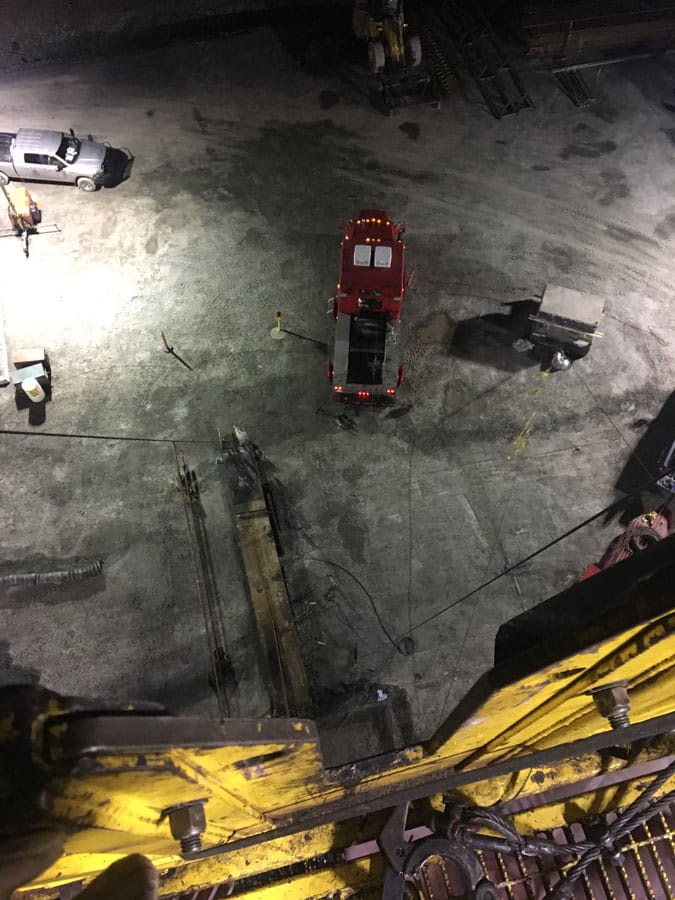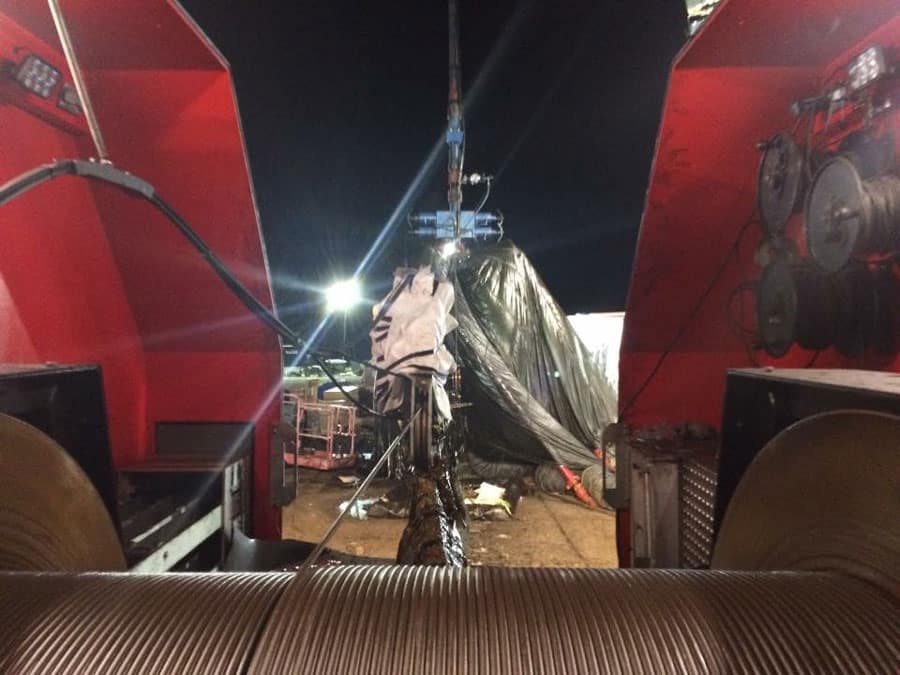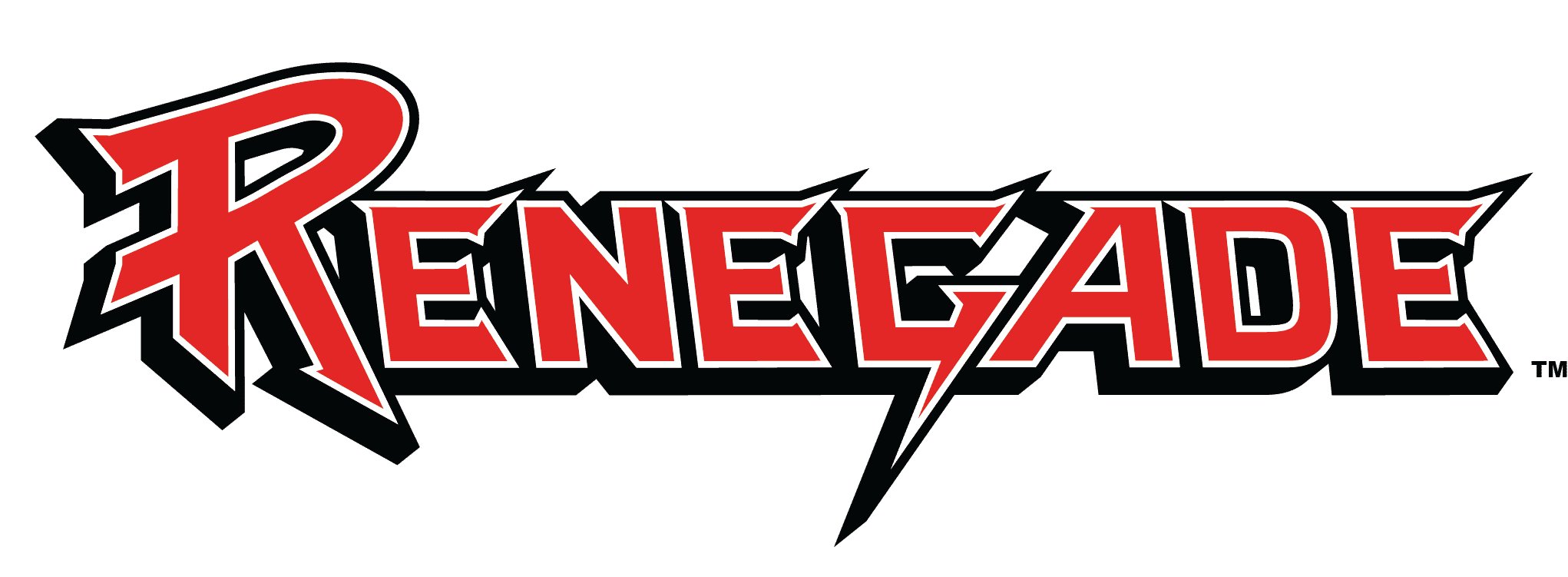
USING TRACERS TO EVALUATE PROPPED FRACTURE WIDTH
Using Tracers to Evaluate Propped Fracture Width, S.A. Holditch, David Holcomb, Zillur Rahim, SPE 26922, November 1993.
ABSTRACT
Using Tracers to Evaluate Propped Fracture Width
Many production engineers are beginning to use three-dimensional (3-D) fracture propagation models to design and analyze hydraulic fracture treatments. To use a 3-D model, one must define the layers that comprise the reservoir and develop detailed datasets that accurately describe the layers. The data that are critical for designing and analyzing hydraulic fracture treatments are in-situ stress, formation permeability, formation porosity, reservoir pressure, and Young’s modulus. Many times, these parameters can be determined from logs and/or correlated to lithology.
Once the datasets are obtained, one can use a three-dimensional fracture propagation model to estimate values of created or propped fracture length, width, and height. To understand and improve the fracture design process, the engineer must confirm the estimates of fracture dimensions that are predicted by a fracture propagation model. To verify the model, one must analyze field data to be sure the field data are consistent with the model results. For example, the net pressure predicted by the 3-D fracture propagation model should closely match the net pressures observed in the field. When net pressure is adequately matched, we usually find that the overall created fracture dimensions predicted by a 3-D fracture propagation model are reasonable. To determine estimates of propped fracture length, one must also analyze post-fracture production and pressure transient data. Because of fracture fluid cleanup problems, we often find that values of propped fracture length generated by analyzing field production data are much shorter than the created fracture length predicted by the fracture propagation model. Detailed engineering studies are often required to reconcile the differences.
To directly measure values of fracture width, one must perform a fracture treatment in openhole, then use a downhole imaging tool to “see” the fracture. Such an approach is not usually practical. In this paper, we will describe a method to qualitatively estimate the propped width profile at the borehole that uses radioactive tracers. Confirming the propped width profile generated by a model with field data can be very beneficial and informative.
We have found that the use of zero wash radioactive tracers can help us learn both (1) where the fracture fluid is going and (2) where the proppant resides in the fracture near the wellbore. Assuming the level of radioactivity is proportional to volume, then the level of radioactivity will also be proportional to the propped fracture width. As such, one can obtain qualitative estimates of propped fracture width at the wellbore using a radioactive tracer where the strength of the radioactive signal is proportional to fracture volume near the wellbore.
The objectives of this paper are to discuss what factors control the fracture width profile and how to obtain data to compute fracture width. We also explain how one can use radioactive tracers to develop data that can be analyzed to determine qualitative estimates of propped fracture width. Finally, we provide several examples to illustrate how one can use estimated values to calibrate a 3-Dimensional fracture propagation model.
The information described in this paper can be used by a production engineer to obtain a better understanding of a specific hydraulic fracture treatment. As our understanding of hydraulic fracturing improves, we should be able to design the optimal fracture treatment with more certainty. When we design and pump the optimal fracture treatment, we maximize the economic return on developing oil and gas properties.

